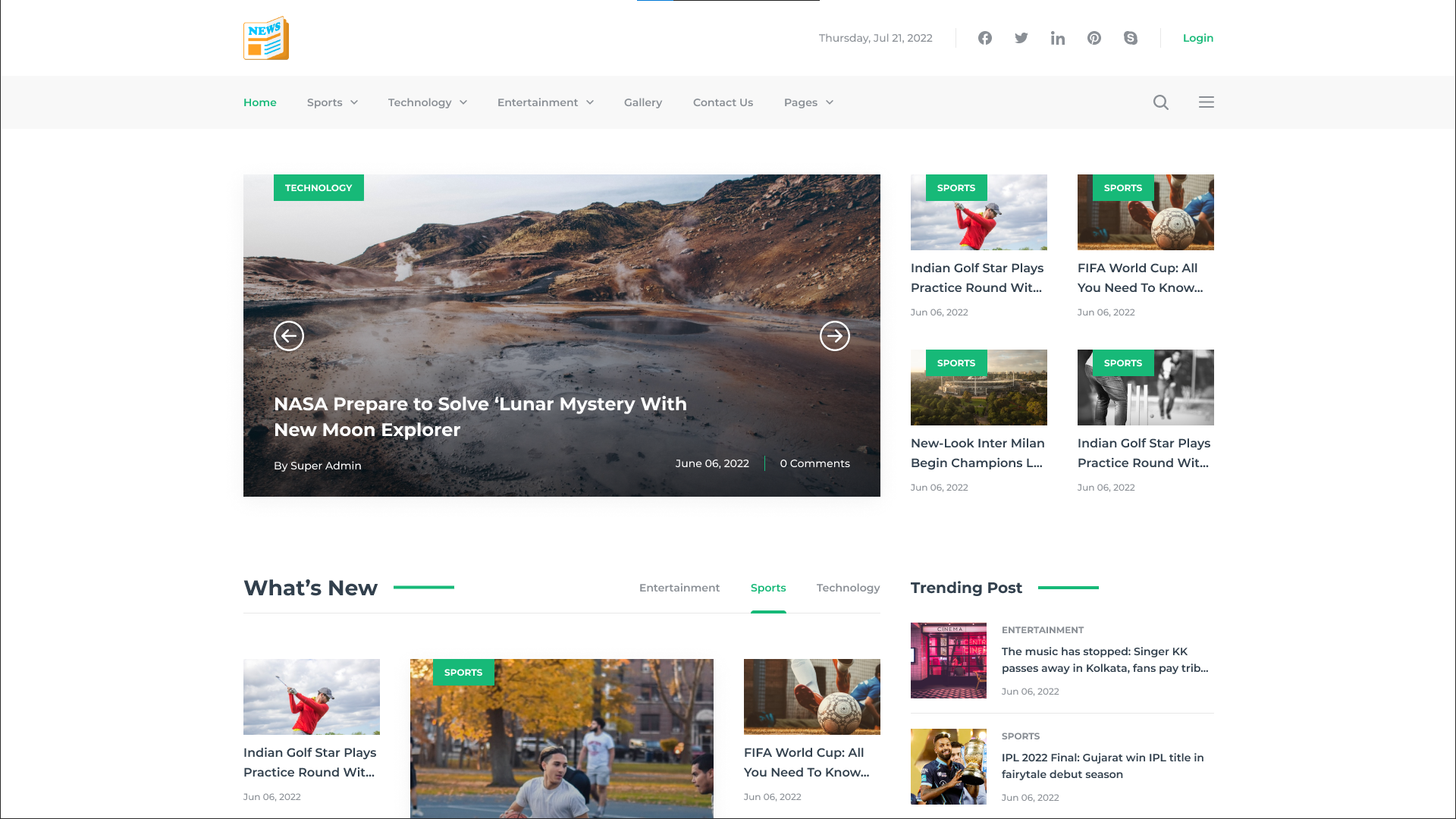Lloyd's says it's "critical" that businesses strengthen risk mitigation and security as the threat posed by AI grows.
In a recent research, Lloyd's, the marketplace for insurance and reinsurance, detailed how the swift advancement of generative artificial intelligence (AI) technologies may affect the cyber risk environment and necessitate that companies strengthen their defenses against these constantly changing dangers.
According to Lloyd's paper, "Generative AI: Transforming the Cyber Landscape," cybercrime is one of the most significant and complicated hazards facing businesses and national security today. The dynamics of the risk environment already present a number of difficulties.
The advent of artificial intelligence (AI), especially unfettered advanced generative AI models, seems certain to drastically alter the cyber terrain, enhancing both threat actor and defense capacities.
"Lloyd's has been exploring the complex and varied risks associated with AI since 2016, and its developments present both opportunities and risks for businesses and the insurance industry," said Dr. Kirsten Mitchell-Wallace, director of portfolio risk management at Lloyd's.
We must continue to be adaptable to these quickly evolving technologies, learn from them, and work to maximize the efficiencies they offer when assessing the threat picture.
Businesses need to strengthen their risk mitigation, security, and defense technologies, as well as seek proper risk transfer, now more than ever. "Generative AI is not the first, and it won't be the last, disruptive technology to impact the cyber threat landscape."
But without assistance, businesses can't accomplish this. Cyber insurance is essential for assisting companies in comprehending and addressing this dynamic threat. To handle any changes to the danger landscape, businesses and the insurance sector need to be proactive.
Heading
Although generative AI's sophisticated capabilities to facilitate cybercrime have received a lot of attention, Lloyd's clarified that the technology hasn't had a significant impact on the landscape of cyber threats yet.
Hardware barriers, the efficacy of AI model governance, and the safety measures implemented by the banking sector all seem to be successful in thwarting threat actors' attempts to exploit the system extensively. But the risk is rising as the field develops and generative AI tools become more widely available.
According to Lloyd's, there will eventually be more chances for threat actors to use the tools maliciously, which might result in more damage being done to persons, property, and both tangible and intangible assets.
The impact of generative AI on the cyber landscape is also expected to increase smaller-scale cyberattacks' frequency, severity, and diversity. These attacks are expected to grow over the next 12 to 24 months, after which there will likely be a plateau as defensive and security technologies catch up to offset their effects.
In order to comprehend and underwrite the risks connected with artificial intelligence (AI), Lloyd's is still collaborating with governments, regulators, security specialists, and insurers. It also engages legislators and promotes sustainable innovation.
Comments 0
Most Read
Recommended Post
Korea del Norte ataca las potencias ecnológicas
AI-Powered Social Engineering: Reinvented Threats











.jpg)

.jpeg)
.jpeg)
.jpeg)
.jpeg)







Leave a Comment